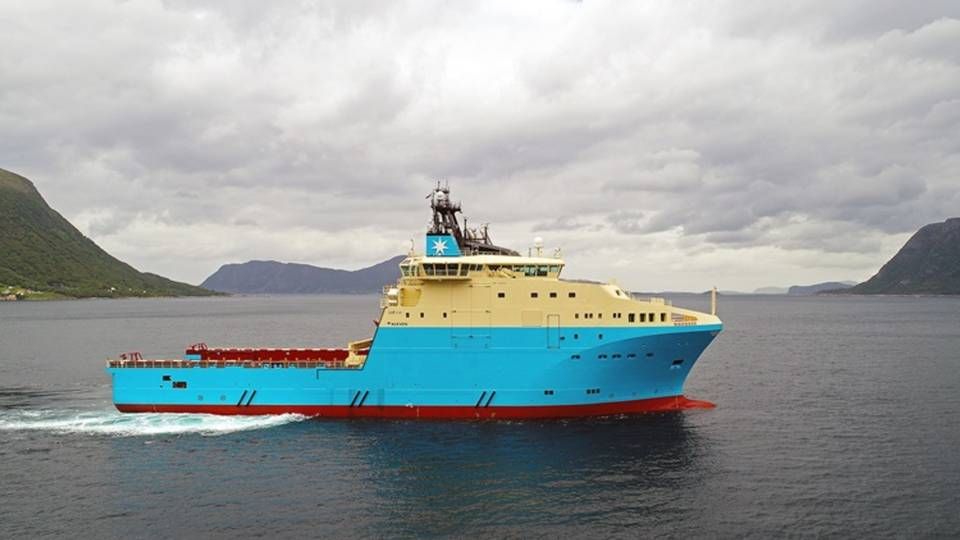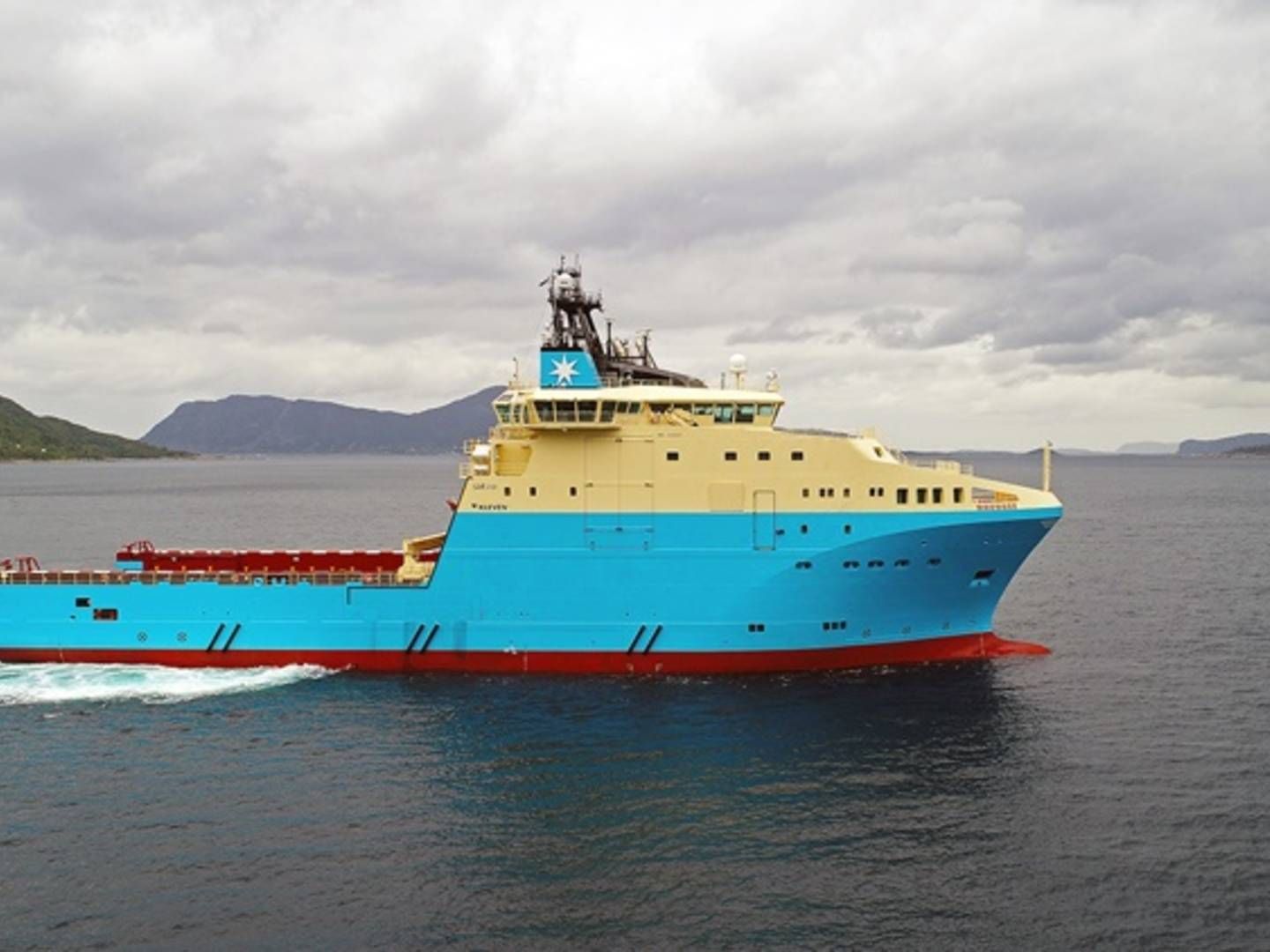Maersk Supply Service to deploy women in pairs: No one should be alone in a macho environment

Maersk Supply Service wants an even greater focus on its female seafarers to ensure the well-being of the few women that do go to sea, says Kevin Bro Beier, head of crew management at Maersk Supply Service.
As part of its pledge to Danish Shipping's charter about females in shipping, Maersk Supply Service has set a target for how to increase the number of women it employs.
But achieving this is particularly challenging when it comes to its staff at sea.
"We need to pay more attention during the initial time the seafarers are at sea. It's important that the women we deploy never find themselves alone in the macho environment one may meet aboard a ship. It's therefore an objective that we always deploy women in pairs when possible," says Beier in an interview with ShippingWatch.
At the moment, only three percent of Maersk Supply Service's employees at sea are female.
This figure, says Beier, is way too low, but also part of a challenging trend in the shipping industry. According to industry association Danish Shipping, 7 percent of its members at sea are female.
"Women often move from sea to shore. Unfortunately this picture is characteristic for the entire industry. It's problematic if they never return. But it's also important to be flexible and accept that seafarers cannot necessarily be at sea every year for their entire career," says Beier.
Women must be included
In order to ensure that Maersk Supply Service launches initiatives that have a chance of working, the carrier has established a council consisting of five female seafarers, who will make recommendations to management.
"We quickly realized that we couldn't just sit in the the ivory tower and come up with good initiatives. They probably wouldn't work based on our knowledge of the issue. We acknowledged that we had to address the distance between sea and shore," says Beier.
So far, these efforts have led to three objectives, adopted by Maersk Supply Service in late 2020. On of the objectives is that close to one in two new cadets at Maersk Supply Service must be female, and this objective must met every year.
"It is difficult to make it across the finish line from one day to the next. It starts at the maritime academies, from when it will take a few years before they make it to sea, and then they start working their way up through the levels," says Beier and adds:
"To achieve the objective, we've had to acknowledge that it's not only about recruiting the women from the maritime academies, we need to catch them and attract them even before they apply to schools."
Layoffs
According to Beier, Maersk Supply Service was supposed to have set out objectives and be working on concrete initiatives for how to maintain women at sea already last year. But this work was put on hold as the Covid-19 pandemic demanded more and more attention.
"We've had layoffs and periods where we haven't been able to recruit. And that's an obvious barrier when you want more women but can't make hires," says Beier.
"We have some retention initiatives, so we'll have to see what works. The worst thing you can do is to not do anything at all."
(This article was provided by our sister media, ShippingWatch)
English Edit: Ida Jacobsen
Related articles
Maersk Supply Service and Ørsted plan ship-charging trial
For subscribers





















.jpg&w=384&q=75)

